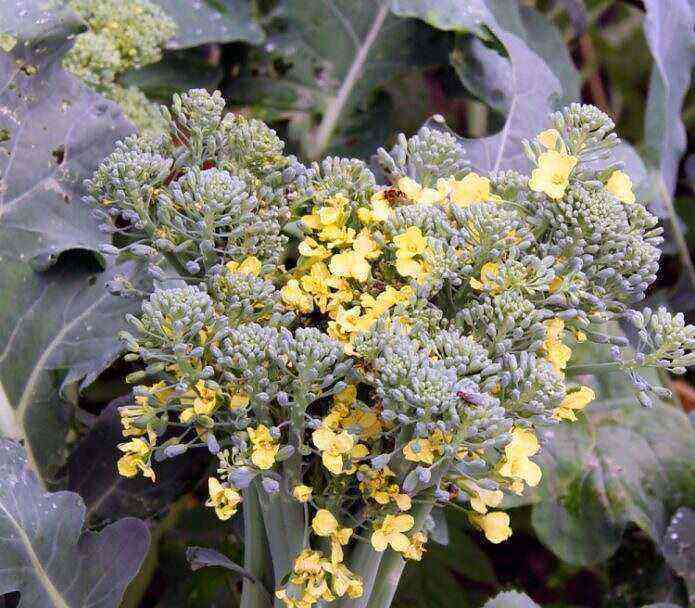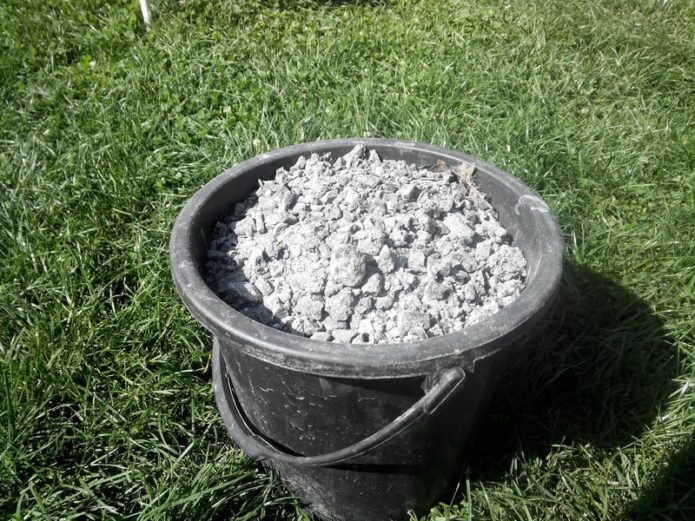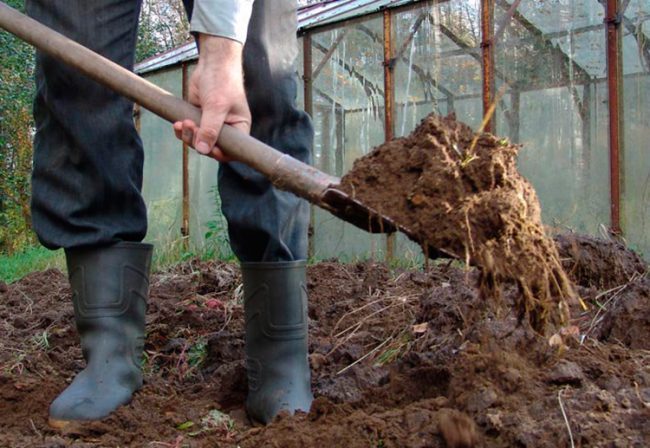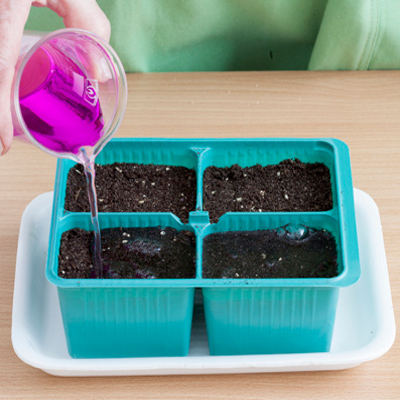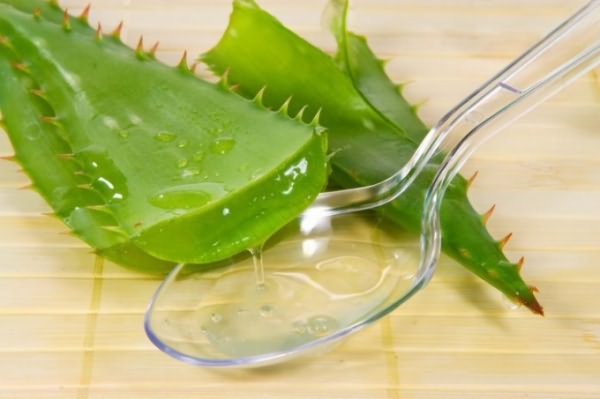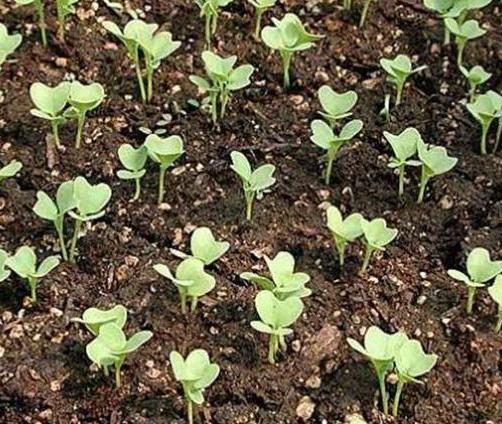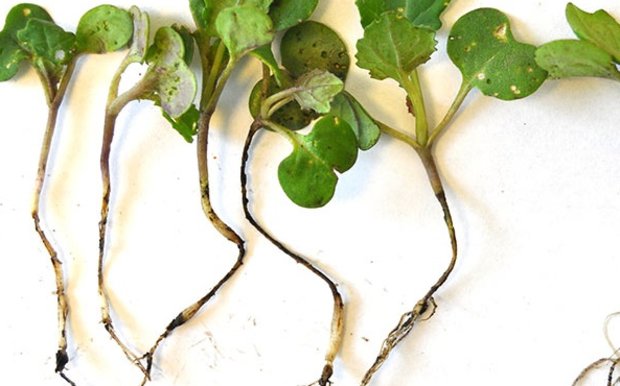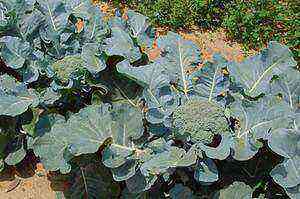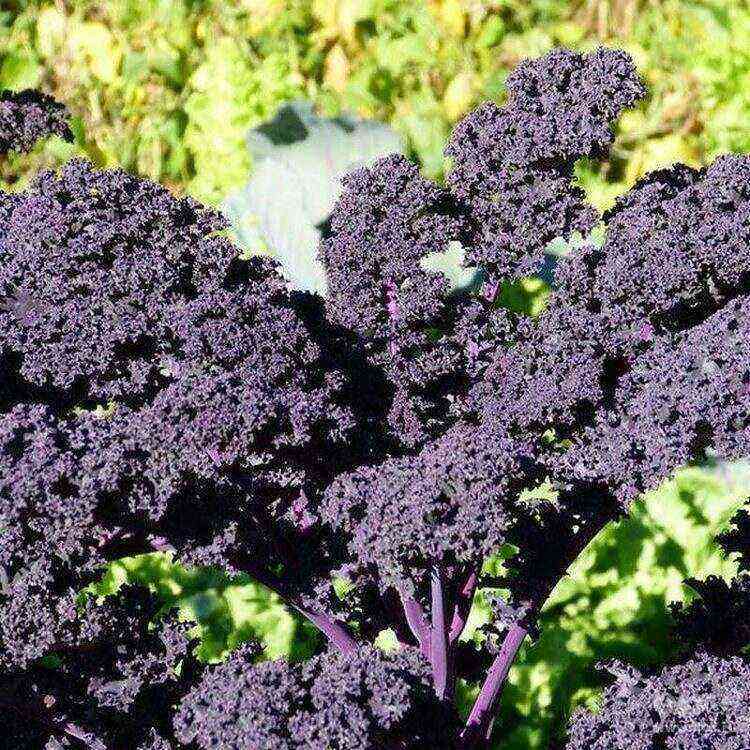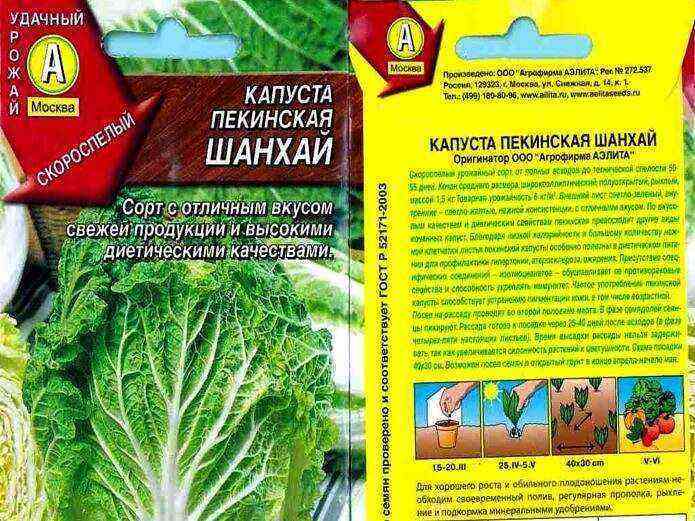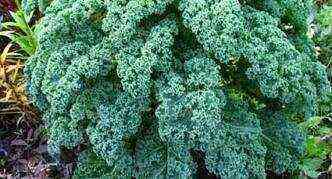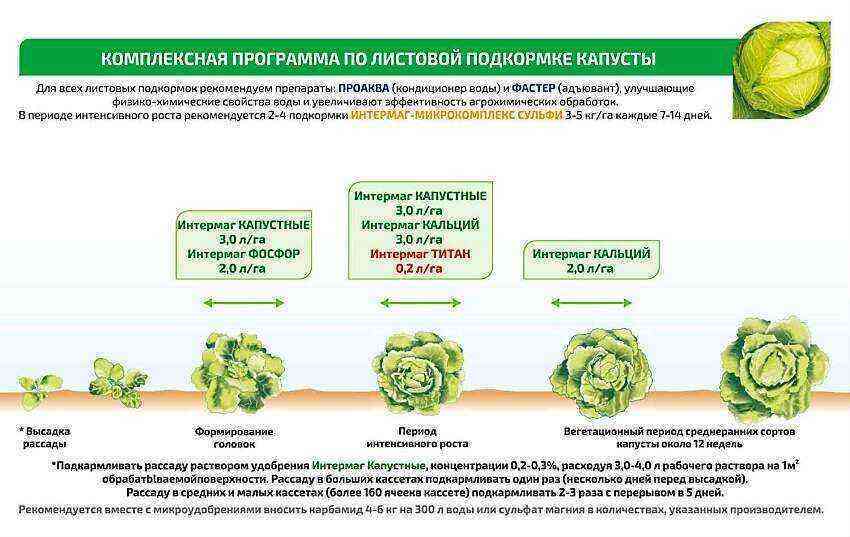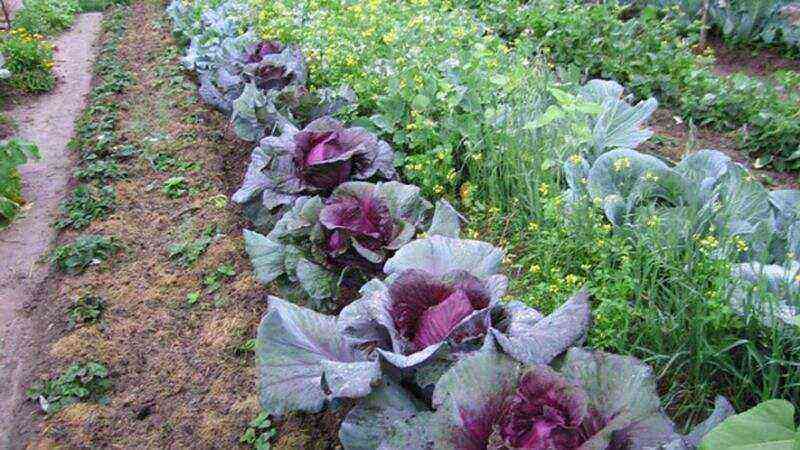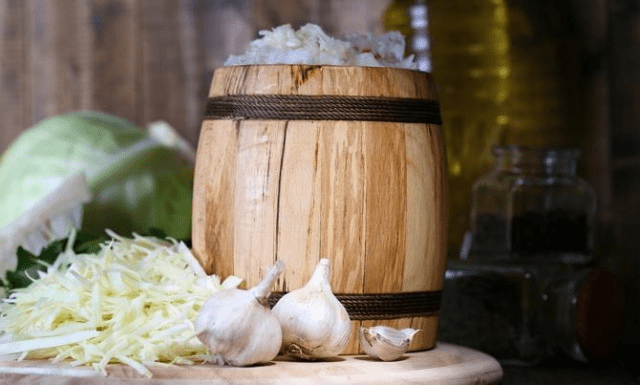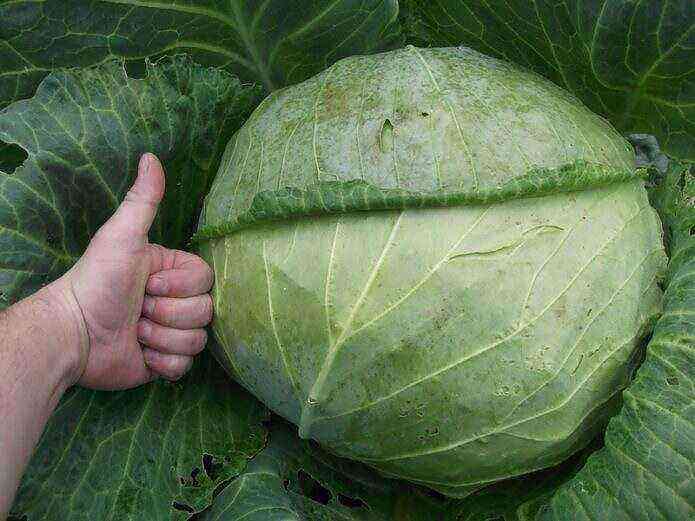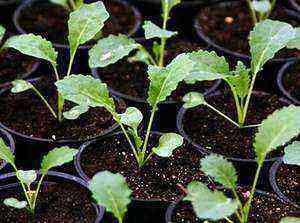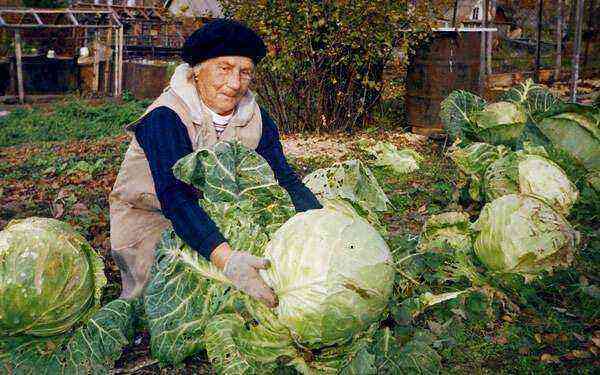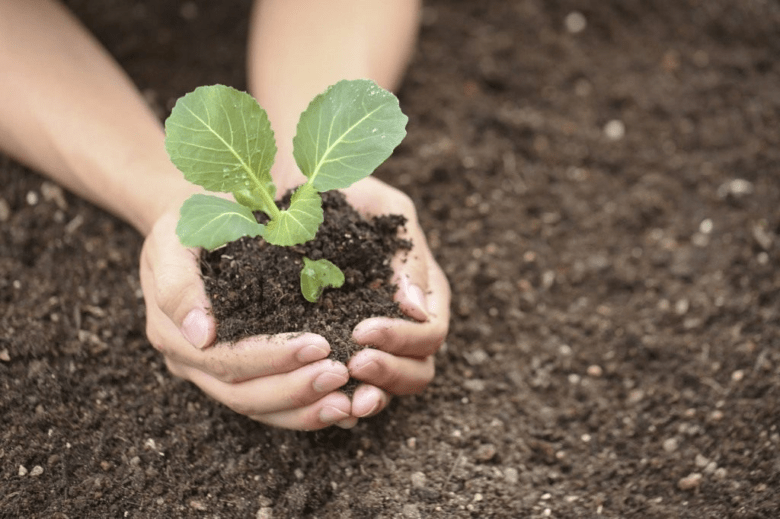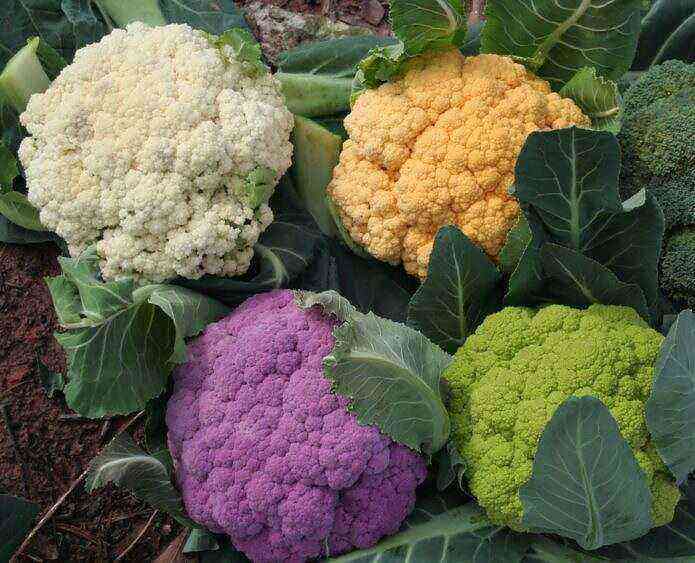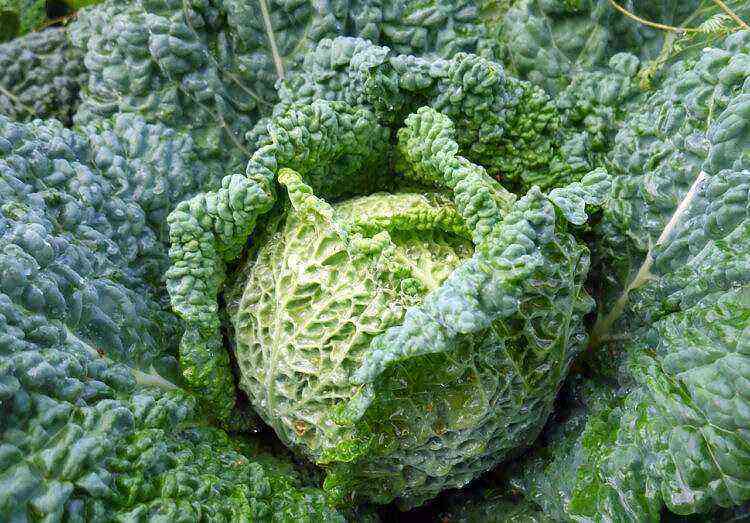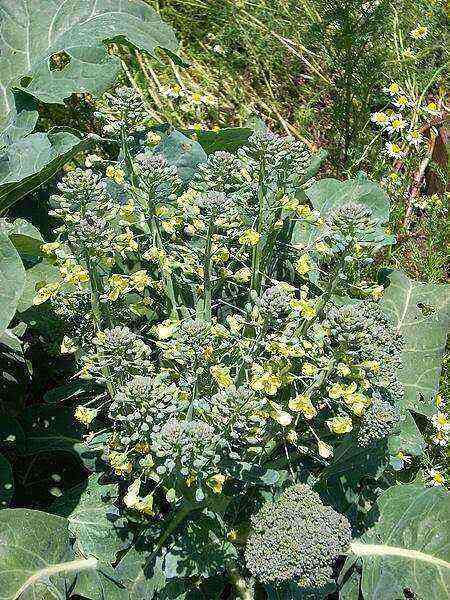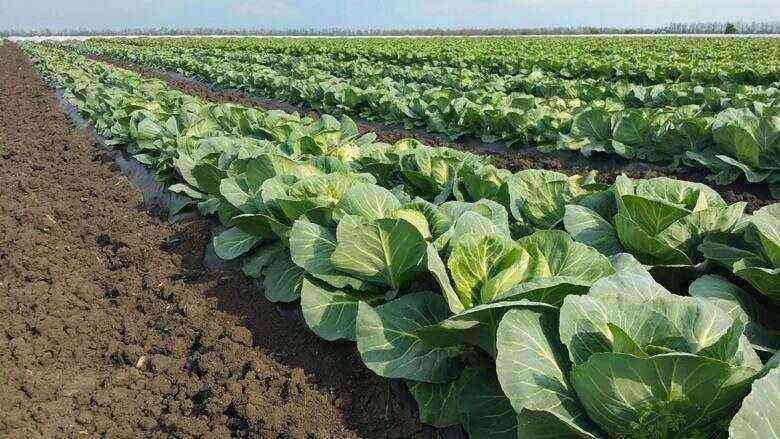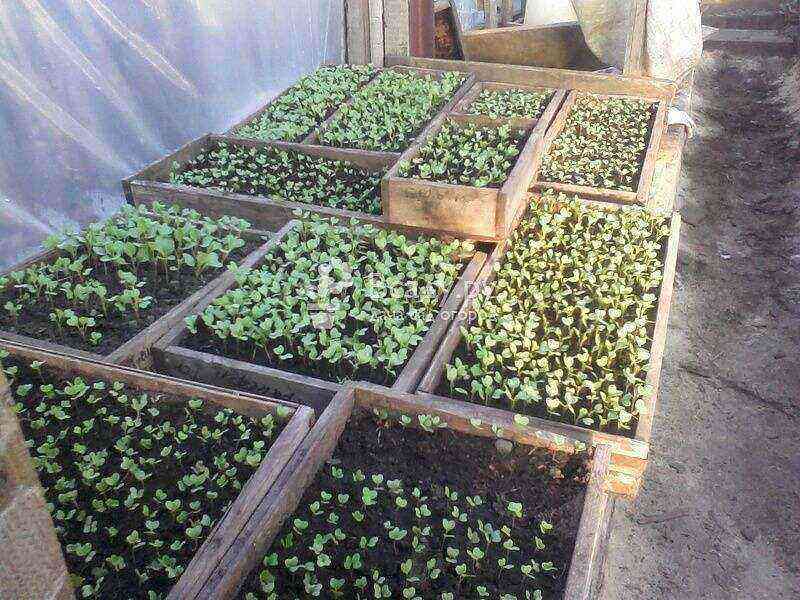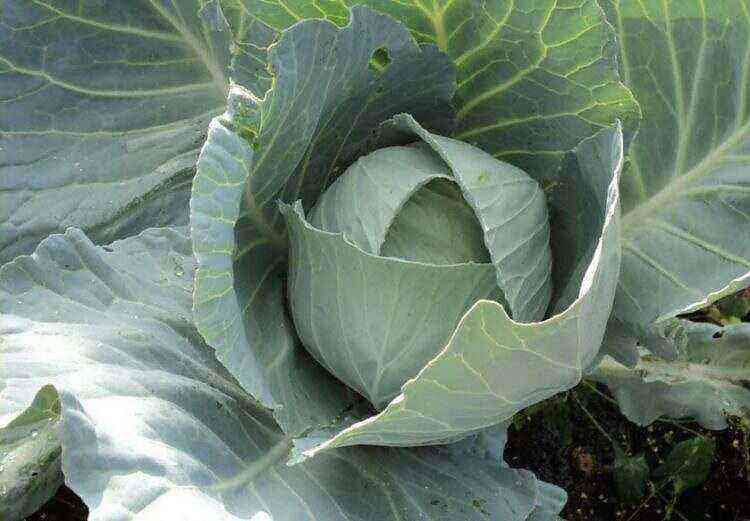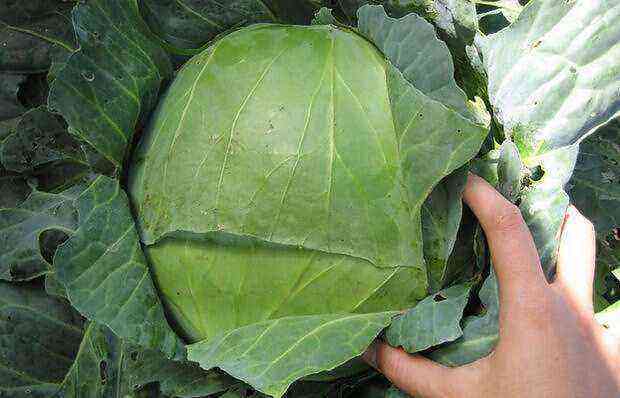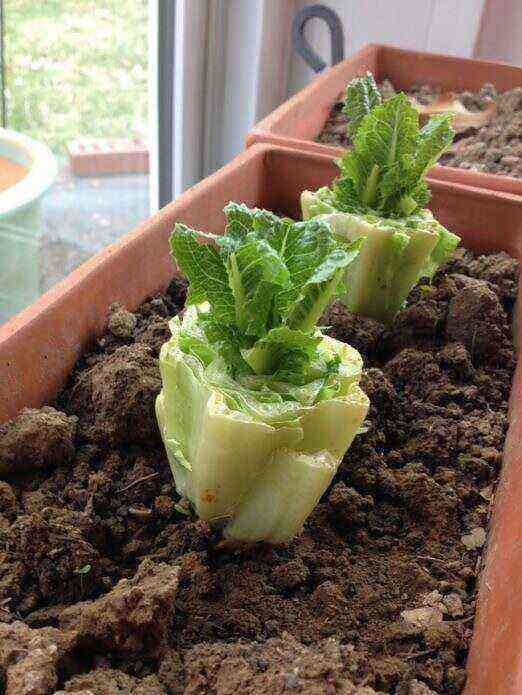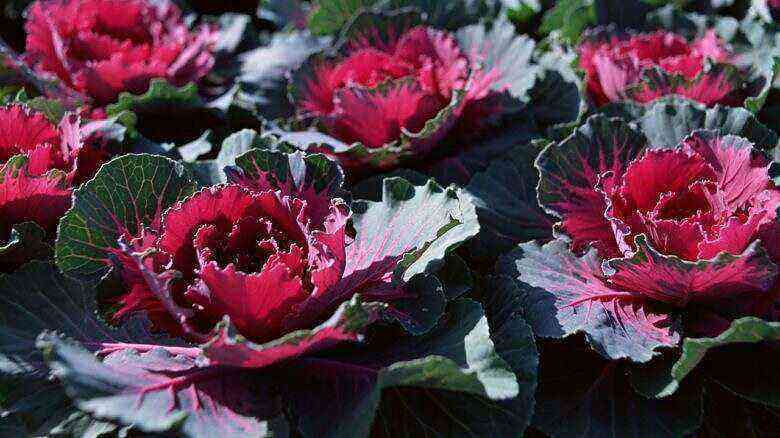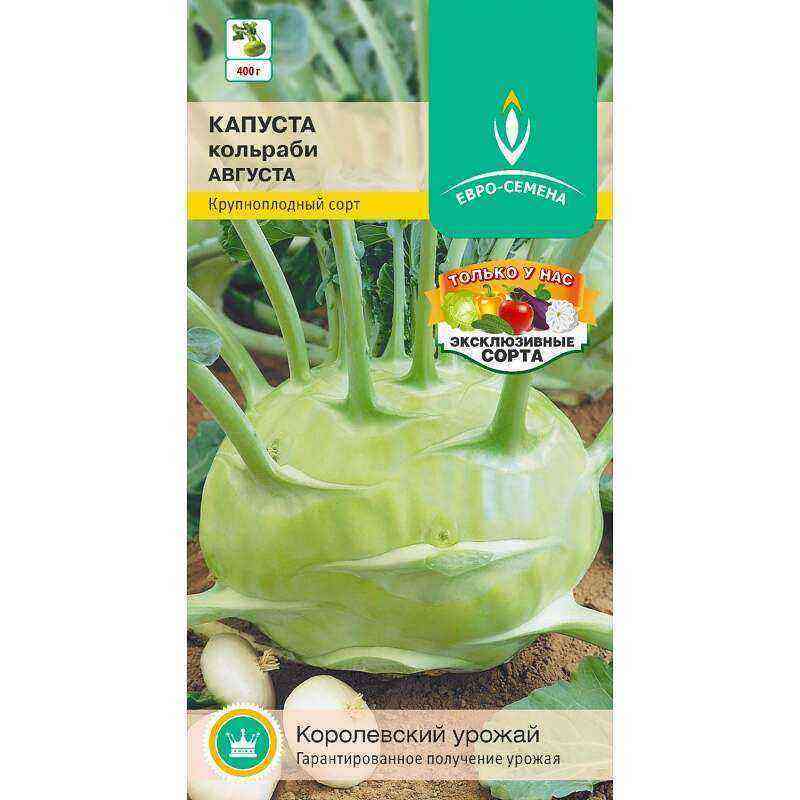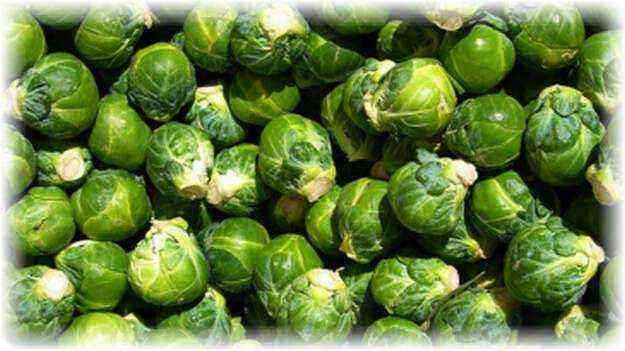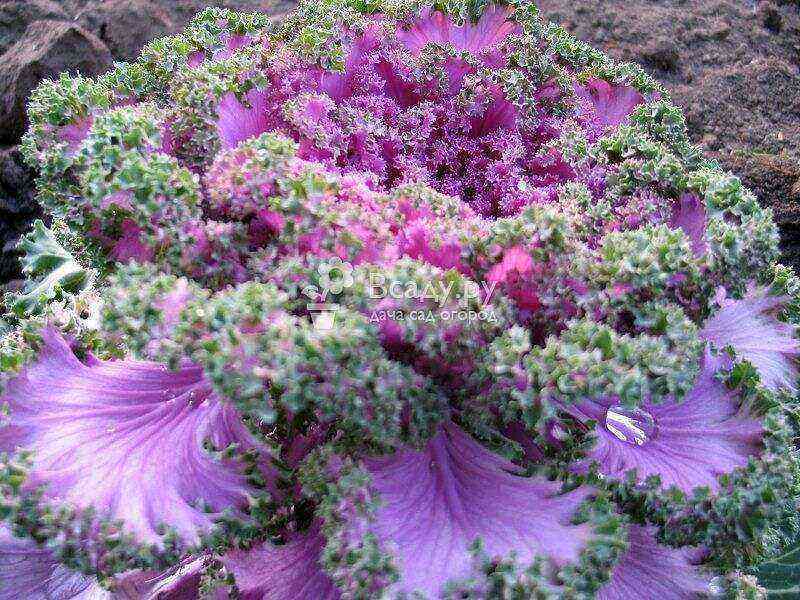The special value of broccoli is its low calorie content, which makes it an irreplaceable product for dietary nutrition. In addition, this vegetable is the record holder for the content of proteins, vitamins, trace elements and other useful substances. Many gardeners get an early harvest of broccoli through seedlings, but this crop can also be successfully grown in a non-seedling way.
Characteristics of broccoli
Broccoli is an annual plant that, unlike its other relatives, forms inflorescences in the first year. They do not eat leaves and stems, but unopened buds.
Broccoli is very similar to its closest relative, cauliflower, but at the same time it significantly surpasses it in taste and content of nutrients. Broccoli is often called asparagus for its delicate flavor.
Young unopened broccoli flowers taste like asparagus
To get a good harvest of this crop on a personal plot, you should remember about some of its features:
- Like other types of cabbage, broccoli is very moisture-loving. The optimum soil moisture is 70%.
- The culture grows best in cool conditions (16–20 ° C).
- An adult plant easily tolerates frost.
- Unlike cauliflower, broccoli heads do not need shading.
- After cutting off the central head, new lateral shoots grow on the stems, which give an additional yield.
Terms of sowing
Broccoli is sown in open ground or planted with seedlings when the air warms up to +15 ° C. It is impossible for the seeds to germinate at temperatures below +8 ° C – in this case, the plant will develop poorly. When determining the timing of planting, you need to focus on the weather and climate of the region. Usually broccoli begins to be sown in the garden in April-May and continues until mid-June.
Adult broccoli tolerates a short-term drop in temperature (up to -5 ° C), but on hot days it releases flower arrows very quickly
You can plant cabbage earlier in the greenhouse, already in March. In this case, the seeds are sown 35–40 days before planting young plants in open ground.
Soil Preparation
Broccoli can grow in any soil, but on soils with high acidity, it will hurt more often and develop worse. Neutral and slightly alkaline soils are well suited for this crop.
The area where you plan to grow broccoli must be prepared in advance. Many gardeners do it like this:
- In autumn, lime, ash or dolomite flour are added to the soil, after which the bed is dug up.
To lower the acidity of the soil, you can use ordinary wood ash.
- Mineral fertilizers or humus are also applied to the soil.
- If the preparation was not carried out in the fall, then the soil is limed in the spring, a month before sowing.
- In addition, before planting, it is necessary to fertilize the soil with compost at the rate of 1 bucket per 1 m2.
Before planting broccoli cabbage, the soil is fertilized with compost.
When growing broccoli seedlings, use a neutral or alkaline soil. You can prepare the soil for planting yourself by mixing peat, turf and sand in a 1: 1: 1 ratio. The finished soil mixture is disinfected to prevent the development of diseases. They do it as follows:
- A couple of weeks before sowing, you need to warm up the earth in the microwave or in a water bath.
- Immediately before sowing seeds, it is recommended to water the soil with a dark purple solution of potassium permanganate for the prevention of black leg disease.
Before sowing seeds, the soil mixture must be watered with a purple solution of potassium permanganate
Drainage (expanded clay or stones) is placed on the bottom of the seedling containers.
Seedless growing method
Sowing broccoli outdoors allows for additional harvest at a later date. When grown in a seedless way, soil and seed treatment is carried out in the same way as when growing seedlings.
Seed preparation
To get a good harvest, you first need to prepare the planting material. As a rule, the largest seeds are selected for sowing. Their further processing is carried out in several stages:
- The seeds are soaked for 20 minutes in warm water (about 50 ° C), after which they are kept in cold water for another 1 minute.
- The planting material is disinfected within 5-8 hours. To prepare a disinfectant solution in 1 liter of water, you need to dilute 0,5 g of boric acid, 1 g of potassium permanganate or a tablespoon of ash. You can also add a growth stimulant to the solution.
Sometimes gardeners use indoor aloe juice to soak seeds.
- After disinfection, the seeds are washed.
- They put them in the warmest compartment of the refrigerator (for example, on the shelf in the door).
- After a day, the planting material is taken out and slightly dried.
The seeds that have emerged during the soaking process must be thrown away, since they are unsuitable for planting.
Sowing and caring for young plants
Broccoli does not like shading, so it is advisable for her to choose a calm, sunny place. Preferred planting scheme: between seeds – 35-40 cm, between rows – 60 cm. You can sow several seeds in one hole, and thin them out after germination.
After the emergence of shoots, thickened plantings need to be thinned out
You can also use another scheme: sow the seeds twice as often (with a distance of 20 cm between them) in order to remove weak and diseased seedlings afterwards. The advantage of this method is that low-quality and non-germinating seeds are discarded, minus – diseases often occur in thickened plantings, for example, a black leg.
The process of growing broccoli from seed includes several stages:
- Before sowing, water the soil well. Ash and urea can be added to the wells.
- The seeds are buried 1–1,5 cm into the soil.
- Plants are watered moderately, usually every other day. The main thing is to prevent waterlogging or complete drying of the soil. In order not to wash the seeds out of the soil, watering is carried out by sprinkling or drip irrigation before sprouting.
You can use drip irrigation to water cabbage beds.
- When 2-3 true leaves appear, the thickened plantings must be thinned out so that there are 40 cm gaps between them. Excess plants can be transplanted into an empty space.
- Also, after the appearance of real leaves, additional feeding is carried out if the plants grow poorly… You can choose from one of the following nutritional mixes:
- Вson-in-law, 20 g of ammonium nitrate, superphosphate and potassium chloride and dissolve everything in 10 liters of water. Pour this mixture over cabbage at the rate of 0,5 liters of solution per plant.
- Dissolve in 10 liters of water 1,5 tbsp. tablespoons of ammonium nitrate and 2-3 g of boric acid; water the broccoli in the same way.
- When a black leg appears, diseased plants are immediately removed. If this is not done in time, the disease will spread and destroy the entire broccoli bed.
Cabbage seedlings affected by a black leg must be immediately removed from the garden
- After removing diseased planting specimens, they are watered with a half-percent solution of potassium permanganate. Before that, you can carefully replace the soil above the roots of healthy plants with sand or ash (layer 1,5–2 cm).
- In the future, cabbage should also be watered with a solution of pale pink potassium permanganate. In addition, plants can be treated with Fitosporin, Bordeaux liquid and other preparations of a similar effect.
So that during the summer there is always fresh cabbage, seeds are sown 3-4 times with an interval of one and a half to two weeks.
Broccoli is a very early ripening crop, so it is not difficult to grow a good crop when sown in open ground. It is grown in seedlings only for the purpose of obtaining super-early products. Seeds for seedlings are sown at a distance of at least 3 cm from each other, to a depth of 1 cm. Young plants are planted in a permanent place when 5-6 true leaves appear.
Predecessors and neighbors of broccoli
Do not neglect the rules of crop rotation and the choice of neighbors for broccoli. The “right” plants in the beds adjacent to broccoli will contribute to pollination and repel pests, while the “wrong” ones will lead to the development of diseases. In order for broccoli to develop well, it is recommended to plant it in a place where other crops used to grow. Do not plant cabbage after other plants of the Cabbage (Cruciferous) family.
The cruciferous family includes not only different types of cabbage, but also radish, horseradish, radish
The best precursors for broccoli are:
- beans;
- peas;
- celery;
- pumpkin;
- tomatoes;
- potatoes;
- bow;
- carrot.
Best Neighbors for Cabbage:
- potatoes;
- onion;
- carrot;
- parsley;
- salad;
- cucumbers;
- beet;
- celery;
- sage.
Tomatoes, beans and strawberries (strawberries) should not grow near broccoli.
Many pests (for example, the cabbage scoop) find their favorite plants by smell. If you plant aromatic herbs with a strong smell next to cabbage beds, they will confuse insects. However, it should be borne in mind that there is always competition between neighboring plants. Grasses should be sown in sparse “islets” in rows of broccoli or along the edges of the beds, so as not to drown out the cabbage.
Photo gallery: plants that repel pests
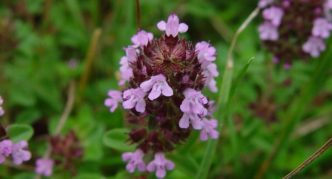
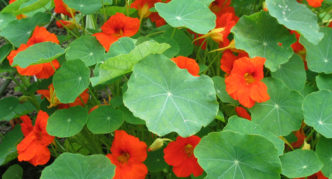
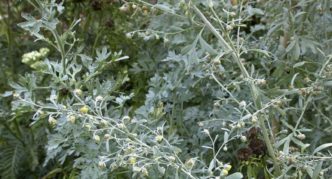
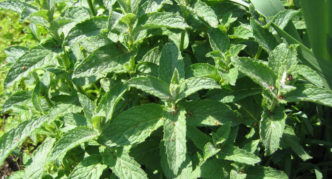
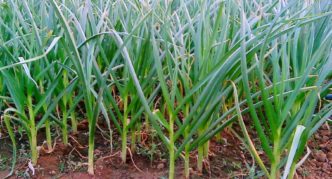
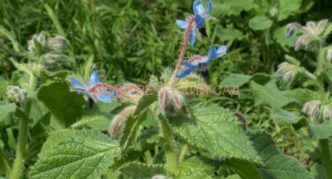
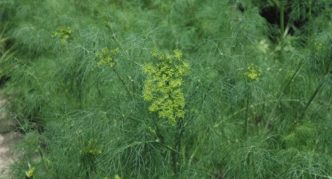

Growing broccoli cabbage in a seedless way is not difficult. The main thing is to choose the right place for planting and prepare the soil. You can start sowing seeds in open ground after the onset of persistent heat. To get a good harvest, you need to carefully look after the seedlings and follow all the recommendations.
